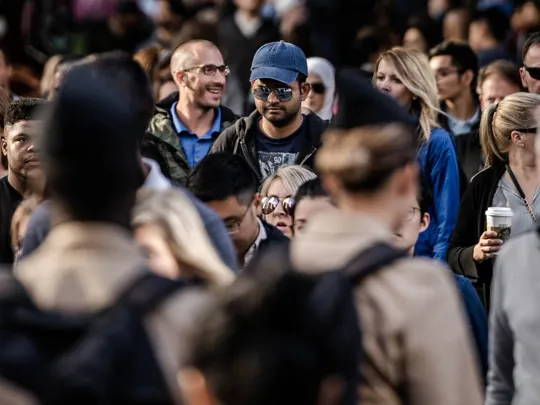Read our latest blog-post for students currently studying psychology for the IBDP from Pamoja teacher, Peter Anthony
The tragic story of Kitty Genovese is well known. While returning from work in the early morning hours of March 13, 1964, she was attacked by a man armed with a knife.
As he stabbed her, she screamed for help and lights went on in many of the apartments overlooking the street as people looked out to see what was going on.
The attacker started to leave, but when he saw that no one was coming to help his victim, he returned to kill her. She screamed again, but he stabbed her repeatedly until she was dead.
It was later determined that this horrifying forty-five minutes attack was seen and heard by 38 witnesses, but no one took any direct action or bothered to call the police.
This event triggered the research into ‘bystanderism’, which endeavoured to understand what factors might influence people not to help an individual in need.
Two of the early researchers in this area were Darley and Latané (1968). They suggested that the presence of many people may have contributed to a lack of helping as the responsibility was diffused across the group.
More recent research, as reported by New Scientist challenges this view. Philpot et al. (2019) examined surveillance footage of violent situations in the UK, South Africa and the Netherlands, and found that, in 90 per cent of cases, at least one person (but typically several) intervened and tried to help.
In a view at odds with the concept of diffusion of responsibility, they found that the higher the number of bystanders the greater the likelihood of someone intervening. To Philpot, people have a natural inclination to help when they see someone in need.
You can read an abstract of this research here.























